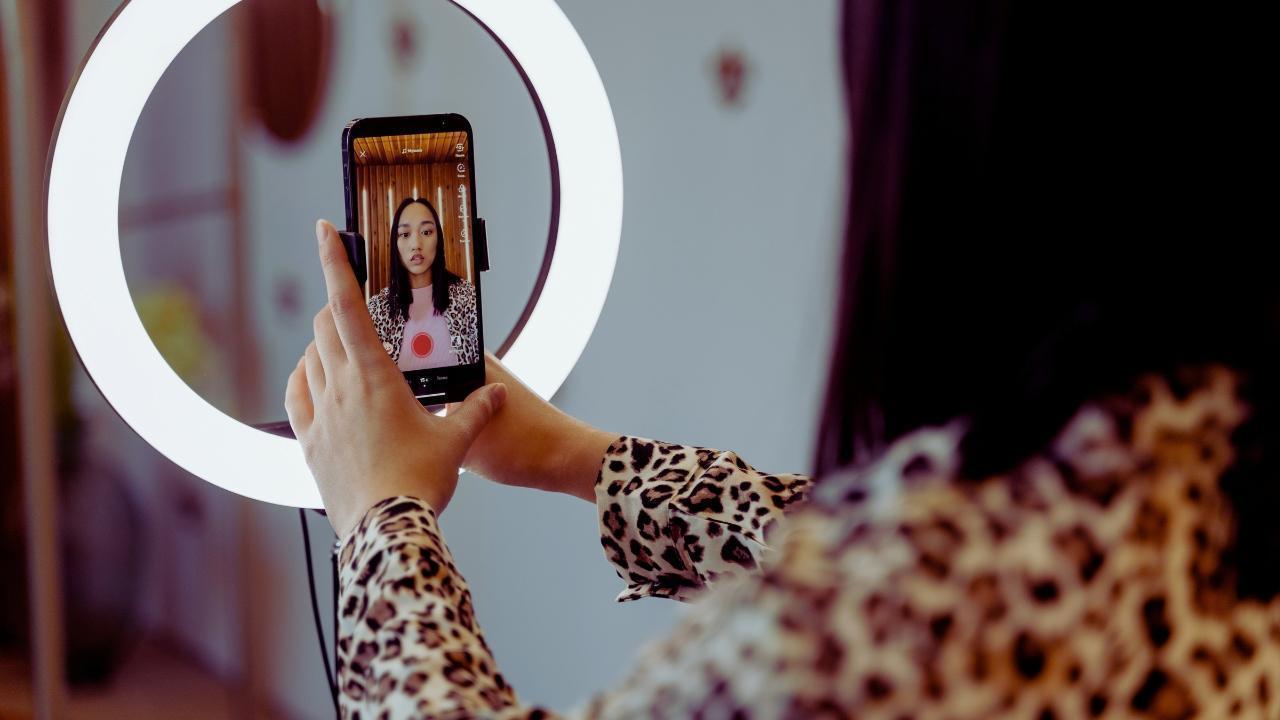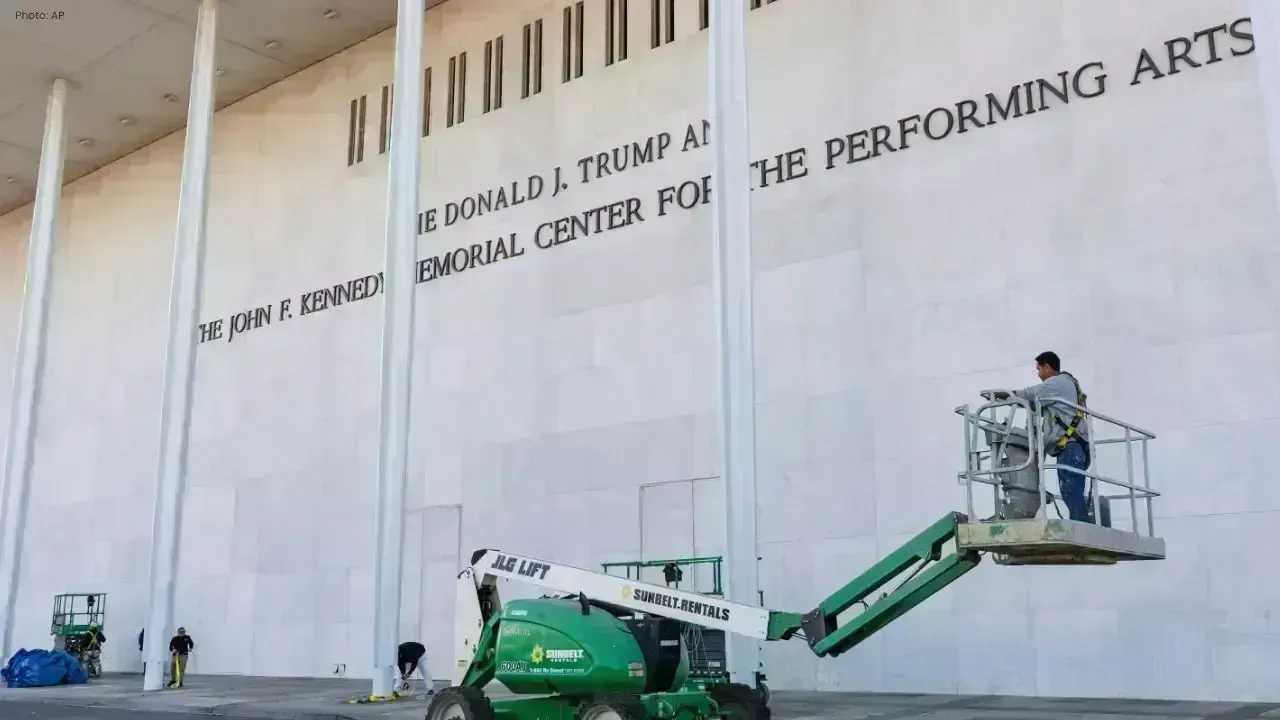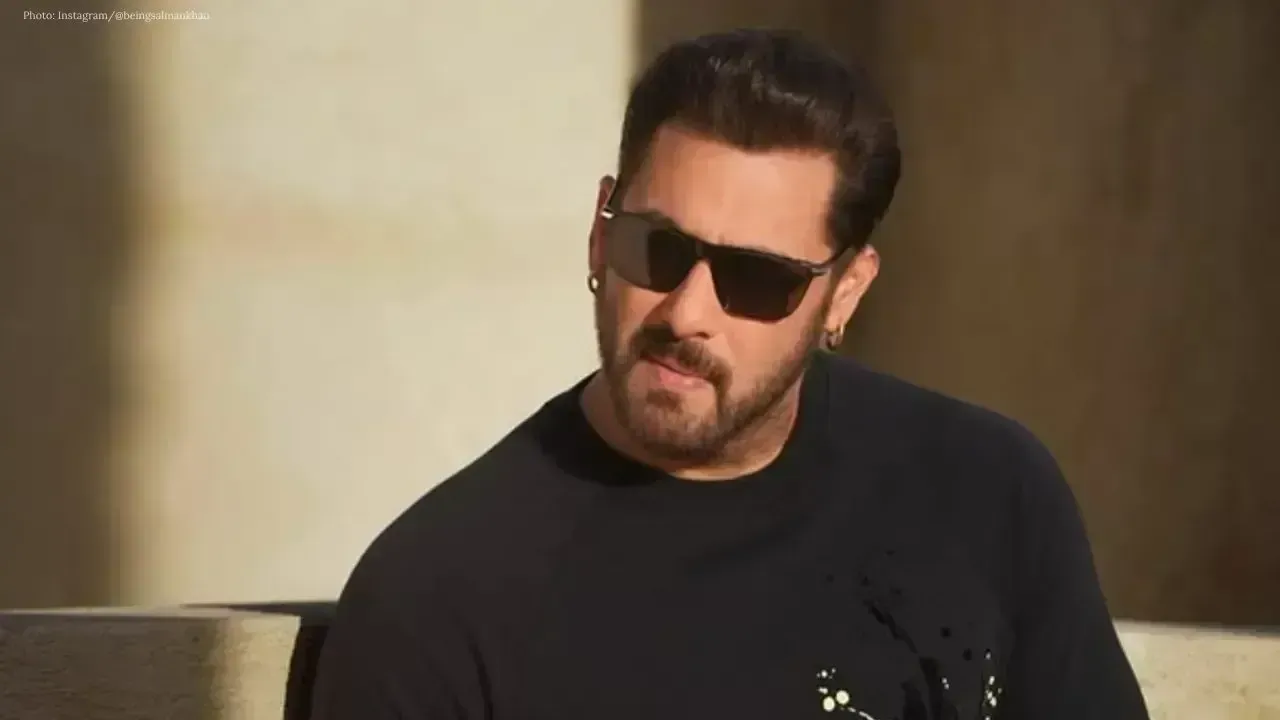You have not yet added any article to your bookmarks!

Join 10k+ people to get notified about new posts, news and tips.
Do not worry we don't spam!

Post by : Anis Farhan
There’s no doubt that social media has offered incredible visibility to lesser-known cultural expressions. From remote villages in the Philippines showcasing tribal dances to Moroccan teens singing folk poetry online, TikTok has become a modern-day storyteller’s tool.
Many traditions that were fading are now gaining followers. Indigenous tattooing, forgotten dialects, and ancestral cooking methods have all found space on screens. For communities with limited access to mainstream media or publishing platforms, short videos are becoming powerful equalizers. Even UNESCO has taken notice, supporting campaigns that encourage youth to film and archive their heritage.
In Kenya, young Maasai creators film their daily life in the savanna, narrating customs that few outsiders had ever seen. In Mexico, Zapotec elders are teaching their language online through fun challenges. These initiatives aren't just about preserving tradition — they're about evolving it. As digital natives reinterpret their heritage through music, memes, or even cosplay, they build a new kind of connection between the old and the young.
But not everything that spreads is sacred. The pressure to create content that is fast, funny, or flashy often leads to cultural oversimplification. A dance with spiritual meaning may be shortened to a catchy hand move. A ritual involving deep symbolism may be shown out of context, losing its essence and becoming just another trend.
Worse, some videos cross ethical lines. Sacred ceremonies are filmed without consent. Religious items are turned into props. Entire performances are mimicked without credit to the original communities. This is especially painful for cultures that have already survived colonial erasure or marginalization.
Then there’s the issue of copying without understanding. When global influencers borrow tribal music or perform rituals for aesthetic purposes, it risks turning someone’s identity into a costume. This is where the line between cultural appreciation and cultural appropriation becomes dangerously thin.
Social media isn’t neutral — it’s shaped by algorithms that promote what’s popular, not what’s accurate. If a video gets likes, it spreads. This system encourages creators to prioritize what's visually catchy, often at the cost of context. As a result, traditions may get boiled down to their most marketable parts, stripping away complexity.
Traditional arts that require years to master may now be reduced to short clips with no explanation. Viewers might never learn what the performance means, what language the song is in, or why a costume is worn a certain way. Over time, this leads to shallow awareness, where audiences recognize the surface but not the soul.
Despite the challenges, many young creators are finding ways to honor tradition while staying creative. In Indonesia, student-led pages are using TikTok to showcase wayang (shadow puppetry), pairing it with local history lessons. In South Korea, Gen Z artists are reviving hanbok fashion through reels that explain the historical use of each style.
These creators are not just preserving culture — they’re making it accessible, relevant, and fun. They ask elders for permission, include subtitles and context, and often share behind-the-scenes footage to educate their audience. In doing so, they become powerful cultural ambassadors.
Their efforts also bridge generational gaps. Grandparents who once feared the internet are now appearing in videos, teaching how to sing folk songs or cook heritage recipes. This collaboration strengthens family bonds and keeps traditions alive at home, not just online.
Technology doesn’t have to erase the past. When used with care, it can help document, archive, and share traditions in ways that preserve their original meaning. Several communities are now digitizing oral histories, festivals, and local practices as a way of safeguarding them for future generations.
Apps have been developed to help users learn indigenous languages, traditional recipes, or folk dances step by step. Museums and cultural centers now work with influencers to design respectful online campaigns that celebrate heritage. The result is a more participatory, inclusive form of cultural education that goes beyond classrooms or textbooks.
Governments in Southeast Asia, Latin America, and Africa are also beginning to support grants and training programs for rural youth to become digital culture ambassadors. These efforts recognize that the fight for cultural preservation must also happen in digital spaces.
As viewers, we also have a role to play. Before liking or sharing a video, we can pause and ask: Where did this come from? Is it being portrayed accurately? Platforms could also play a stronger role in labeling cultural content properly, just like they flag misinformation or ads.
Respectful sharing means giving credit, not mocking accents, and avoiding turning traditions into jokes. If we treat cultural content with care — even in short formats — we help protect its dignity.
It’s also worth remembering that not all traditions want to be on display. Some rituals are private, sacred, or protected. Just because something is beautiful or fascinating doesn’t mean it should be broadcast. Consent and context matter more than ever.
Traditions are not fragile — they’ve survived colonization, migration, and war. But in today’s fast-paced media world, they risk becoming background noise if we don’t stop to listen. TikTok and other platforms can be a powerful tool for cultural preservation — but only if creators and viewers treat traditions not just as trends, but as treasures.
In the end, preserving culture in the digital age means finding balance: using new tools to tell old stories without losing their meaning along the way.
This article is published by Newsible Asia for editorial and informational purposes. The content reflects cultural observations and is not affiliated with any social media platform or government authority. For accurate representation of cultural practices, readers are advised to consult with local communities, experts, or heritage institutions.










Akshaye Khanna exits Drishyam 3; Jaideep Ahlawat steps in fast
Producer confirms Jaideep Ahlawat replaces Akshaye Khanna in Drishyam 3 after actor’s sudden exit ov

Kapil Sharma’s Kis Kisko Pyaar Karoon 2 to Re-release in January 2026
After limited screens affected its run, Kapil Sharma’s comedy film Kis Kisko Pyaar Karoon 2 will ret

Hrithik Roshan and Saba Azad Celebrate Christmas at Family Party
Hrithik Roshan and Saba Azad celebrated Christmas at Sussanne Khan’s party, sharing happy moments wi

China Sanctions 20 US Defense Firms Over Taiwan Arms Sales Dispute
China imposes sanctions on 20 US defense companies and 10 executives for supplying arms to Taiwan, e

Salman Khan’s Grand 60th Birthday Bash at Panvel Farmhouse Shines Bright
Salman Khan celebrates his 60th birthday with a grand party at Panvel farmhouse, sharing joyful mome

Thailand Defence Minister Joins Talks to End Deadly Border Clash
Thailand’s defence chief will join talks with Cambodia as border clashes stretch into a third week,